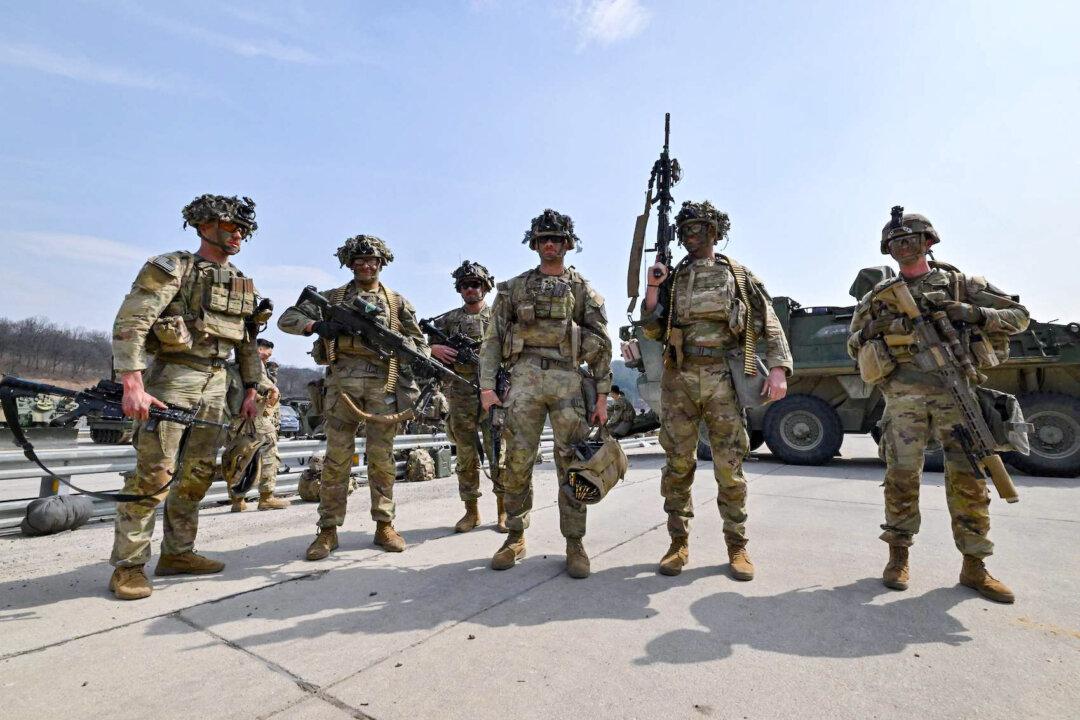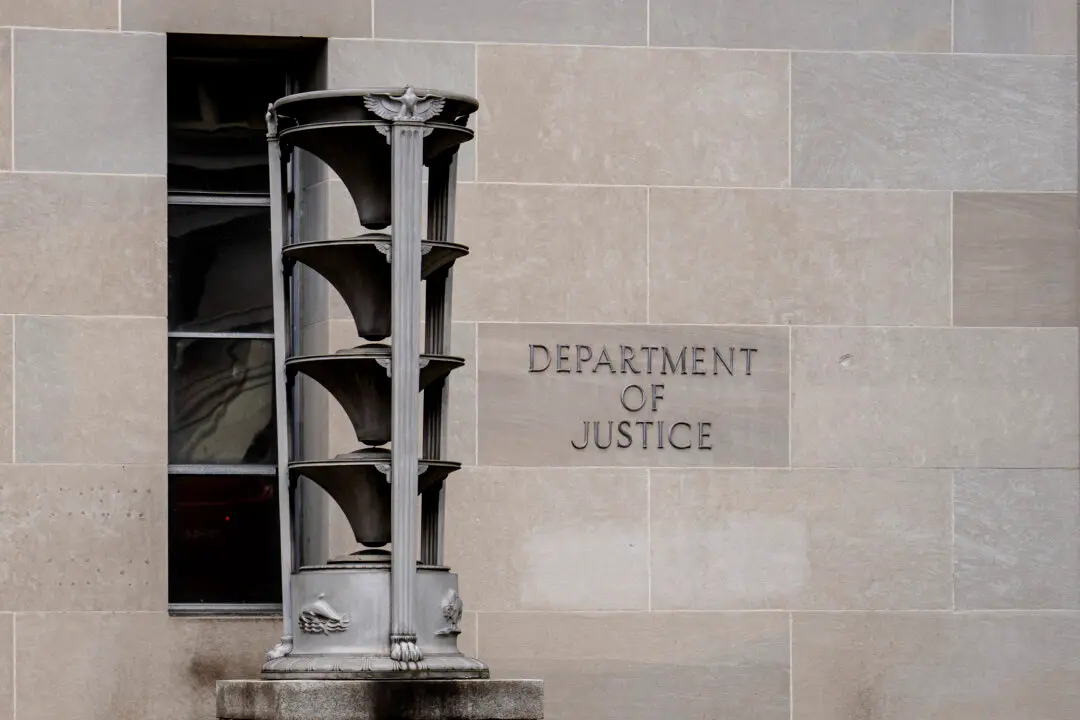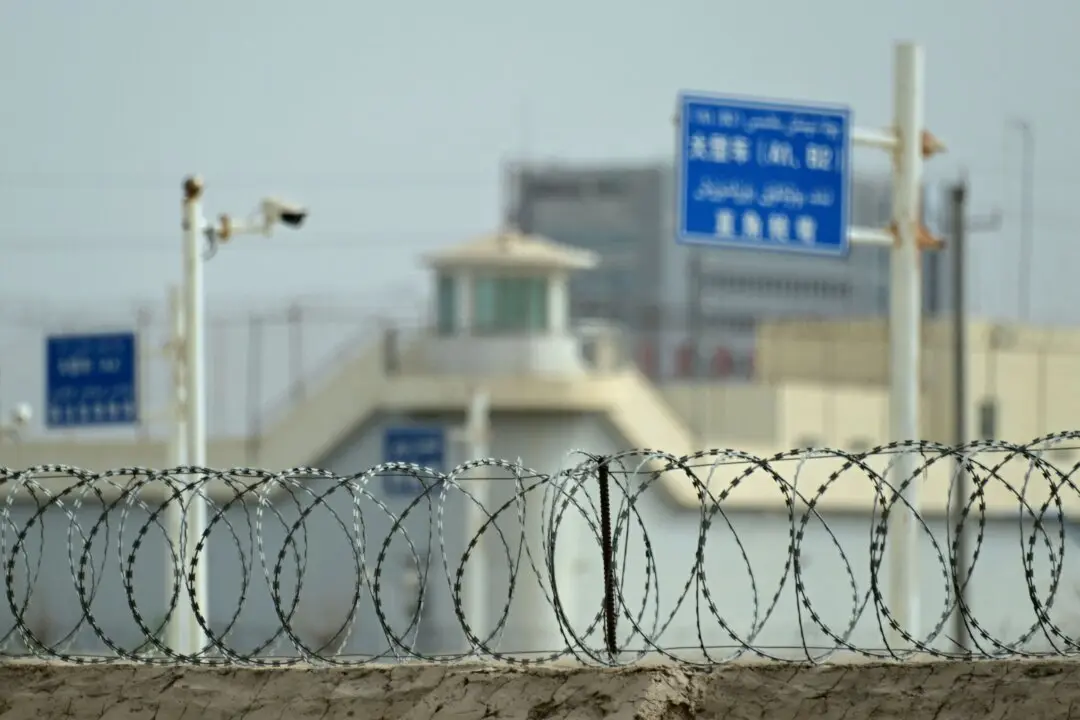South Korea and the United States began a large-scale joint military drill on Aug. 19 that’s focused on enhancing their combined defense posture against North Korean threats.
South Korea’s Joint Chiefs of Staff (JCS) said the annual Ulchi Freedom Shield exercise, running until Aug. 29, will include computer-simulated exercises and field training, including live-fire drills.





